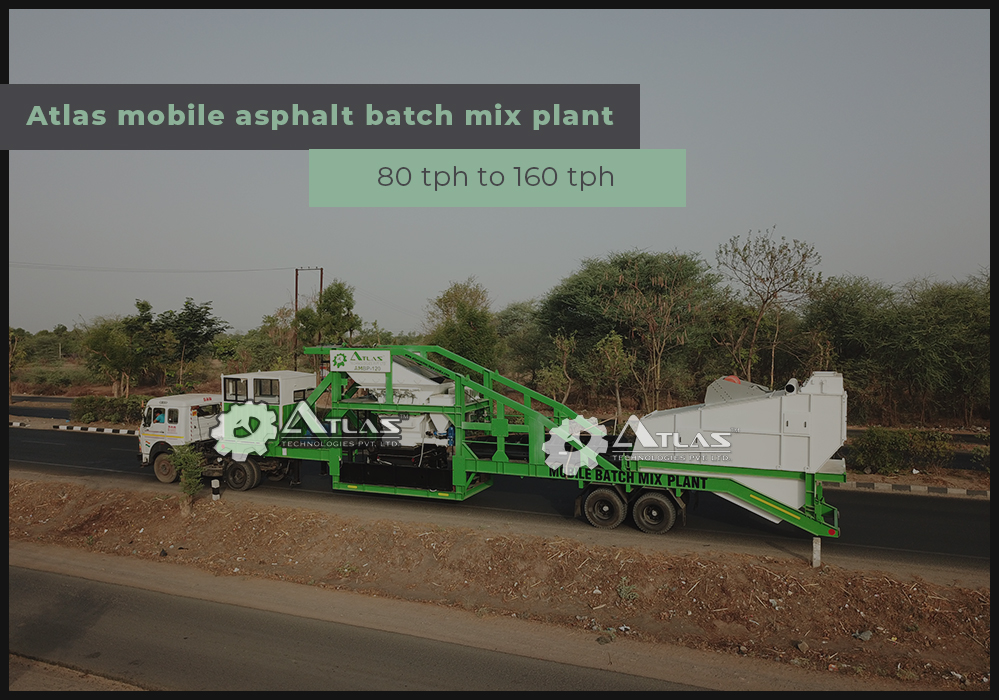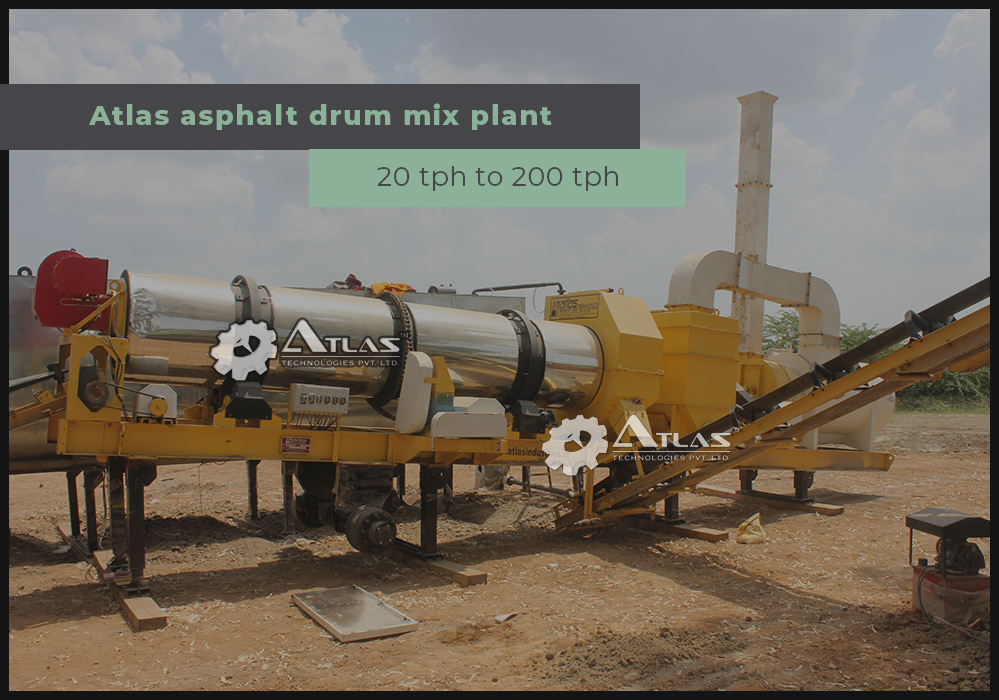The asphalt material mix produced in an asphalt mix plant is commonly a combination of aggregates of dissimilar grades and sizes. These aggregates are mixed in with liquid bitumen in required amounts and heated up together to create a hot mix of asphalt. For those of you who are not familiar with asphalt, it is a mixture made out of bitumen and pulverized rock which is used in making pavements.
The quality and characteristics of an asphalt mix are determined by a few key factors, viz., the amounts of aggregated used, the type of recycled pavement as well as the grade and measurement of bitumen that went into making the hot mix.
How is a hot mix asphalt prepared? By drying and heating aggregates in turn until all of the bitumen present in the mixture is completely coated. The drying of the aggregate is done by rolling the material inside a dryer drum which is set at a slight include with a burner below that generates heat to evaporate the dampness. The aggregate remains in the top half of the drum. The interior is outfitted with flights of different kinds whose job it is to facilitate heating. The mixing chamber is also where the aggregates are fully coated with bitumen present in the mixture.
Two Variants of Asphalt Plants
Broadly, there are two types of asphalt plants:
• One is the batch plant aka, discontinuous tower plant which produces asphalt in batches
• Drum plant, aka, continuous plant which is calibrated to produce asphalt nonstop without a break. These plants operate in one of the two basic principles, parallel and counter flow.

The Way an Asphalt Batch Plant Functions
With the batch mix plants, the process of mixing begins when the aggregates are unloaded in the specific bins of its feeders. A conveyor moves the aggregates from the bins to a drying drum which is fitted with a set of internal flights designed to dry the contents efficiently. Outside the drying drum, the aggregates are transferred to the vibratory screen where through sedimentation they are separated based on the particle size. Next, the aggregates, depending on their sizes are dumped into the available hot bins.
Once the aggregate sizes are sorted and controlled, the aggregates of the required types are let to enter the mixing chamber. Here, they are mixed up together and tossed in with bitumen in a measured amount. The bitumen is sent to this unit directly from the storage tank where contents are stored at a high temperature. Inside the mixing unit, the mixing takes places in required proportions to ensure that the final product is just as expected. Once the mixture is ready to be discharged, it is unloaded into the hot storage silo and in case it is ready to be moved, in a truck.
Parallel Flow Drum Plants Functioning
As mentioned above, the parallel flow drum plants function nonstop by continuously producing asphalt, unlike those plants that produce in batches. In these parallel flow drum asphalt plants, a single dryer is used for the twin purposes of drying and mixing. Inside the dryer, the mixture is dried and then mixed up with bitumen. The weighing of the mixture happens on the charging conveyor belt where the aggregates are weighted on their way to be moved from the cold feed bins to the mixing drum. Post weighing, the mix is dumped in the lower end of the drum for storing in one of the silos or directly loaded in a truck for instant transfer. Parallel flow asphalt mixers normally use both dry and wet kinds of pollution control systems. Available in capacities starting 40 tph to 200 tph.

Counter Flow Drum Plants Functioning
True to its name, these counterflow type drum mixers move the aggregates in directions opposite to that of the burner flame. All this happens inside the drum unit. Moving in the contrary direction, the aggregates mix and dry easily. For effective and faster drying the mixing unit where the aggregates are tossed in bitumen is placed behind the burner flame in order for the flame to be kept as far away as possible from the bitumen. That ensures that the mixture does not catch fire leading to excessive smoke inside the unit. It’s a safer and more effective technology compared with the parallel flow. Available in capacities starting 40 tph to 200 tph.
We are manufacturer and exporter of all the types of asphalt plants like batch type and continuous type. Contact us to know more.
